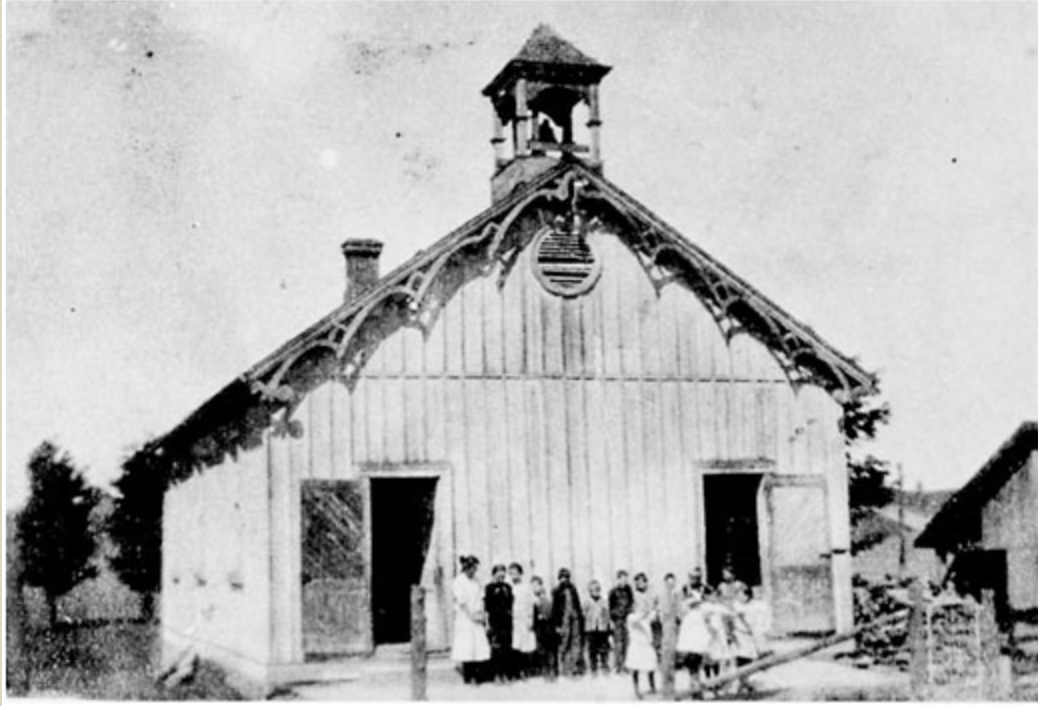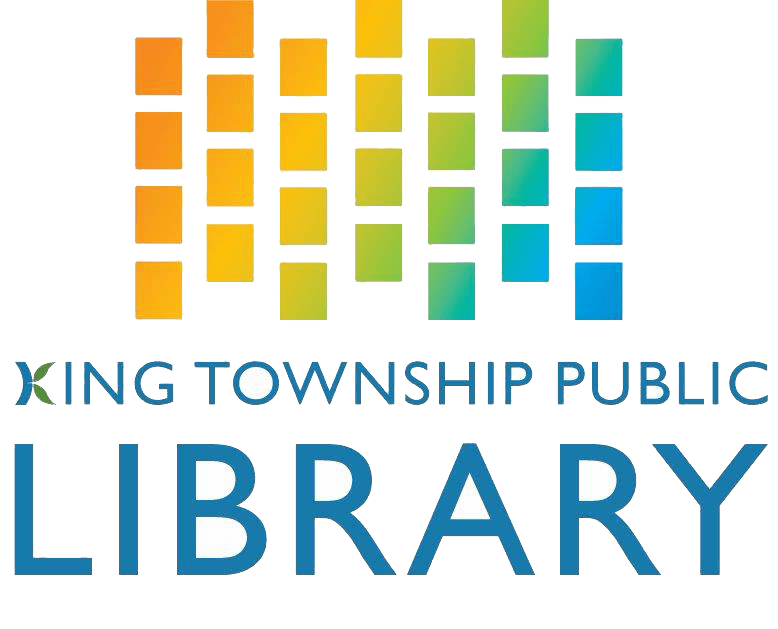Hammertown was a hamlet on the 12th concession of King, extending north and south of the 17th sideroad. The ringing of the anvil in the busy smith resounding over the hills suggested the name. The area was settled mainly by Scottish families who admired the high rolling land that reminded them of Scotland. Prominent names among them were Crawford, McKinley, Jackson, Irwin, Thompson (or Thomson), Hall, Fuller, Mitchell, Burton, Coulter, McKay, Stuart, and Watson.
In 1842, two acres were sold from the southeast corner of lot 21, concession 12, a farm belonging to Mr. Burton, to Duncan Anderson, described as a cordwainer ( leatherworker who made things from cordovan – a soft, coloured leather, usually of sheepskin, or split horsehide), or a shoemaker. The shoemaker’s shop, first operated by Duncan Anderson, and later by William Stubbs, was on the southern portion of lot 21, and north of it was the post office. A carpenter’s shop, operated by Tom Bowes, was north of the post office. Hammertown post office opened in 1912. Robert Barry was a postmaster for a number of years; after his death in 1919, Mrs. Barry was in charge of the post office until it closed in 1947.
The school which served Hammertown area was known as the Crawford school; as it was located on the farm of William Crawford, whose grandfather had obtained the land, lot 21, concession 11, from the Crown. A new school was built at the same site in 1926, but was closed in 1966 when it was decided to have the pupils north of 17th sideroad attend Schomberg School, and those south of the sideroad attend Nobleton school. After it was closed the Crawford school was sold and became a private residence.

Photo from Album of Oldies,
Elizabeth McClure Gillham
For additional information:
- Album of Oldies / Gillham, Elizabeth McClure
- Early Settlement of King / Gillham, Elizabeth McClure
